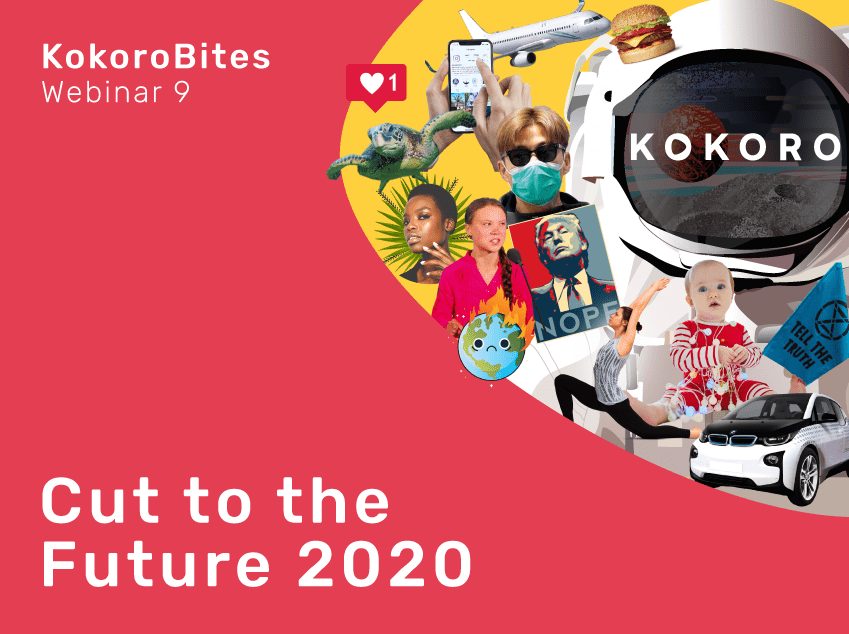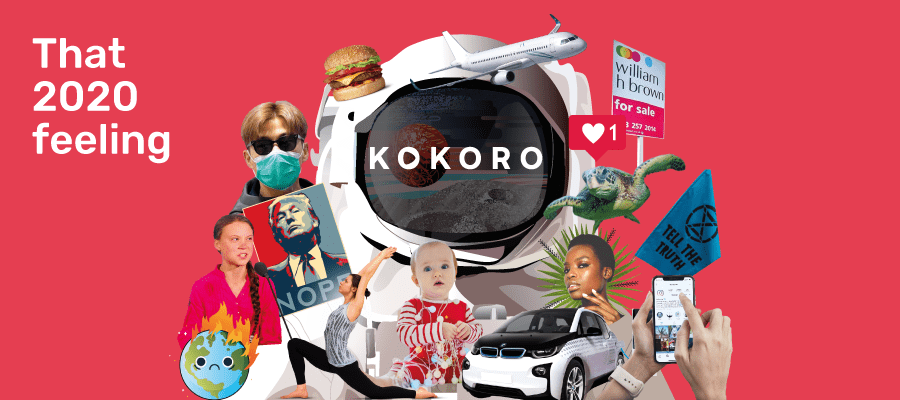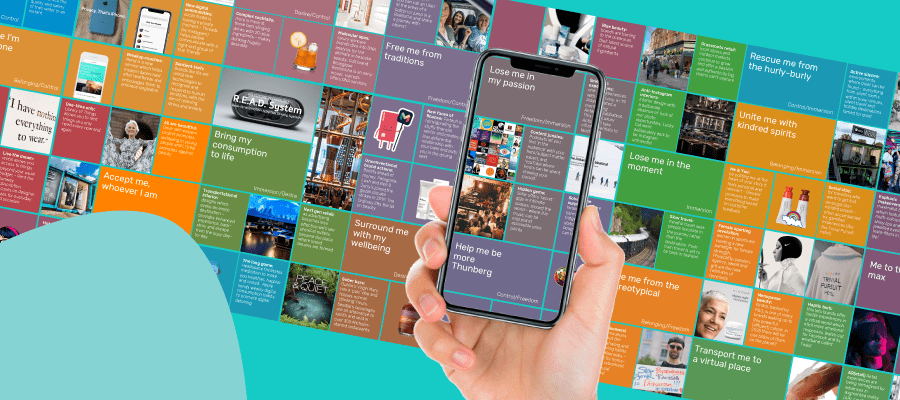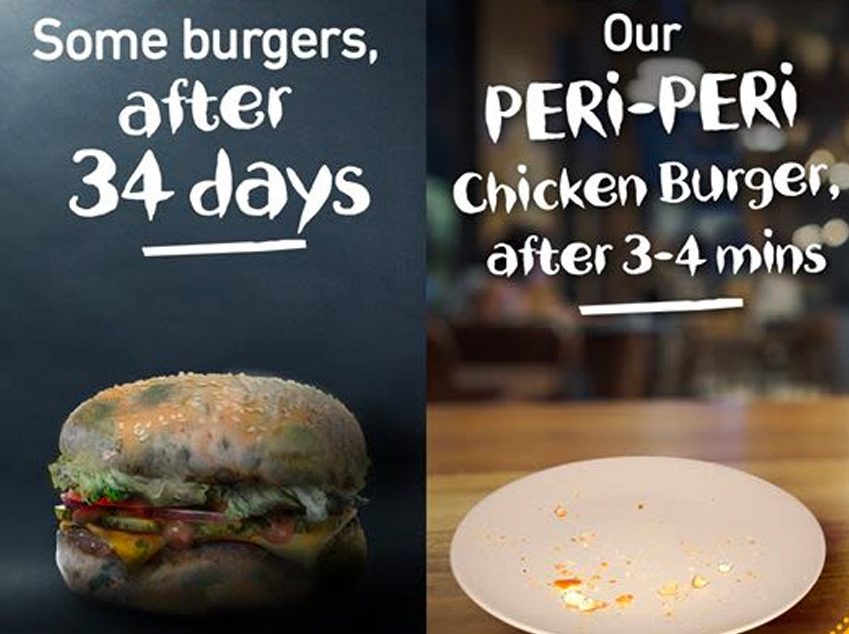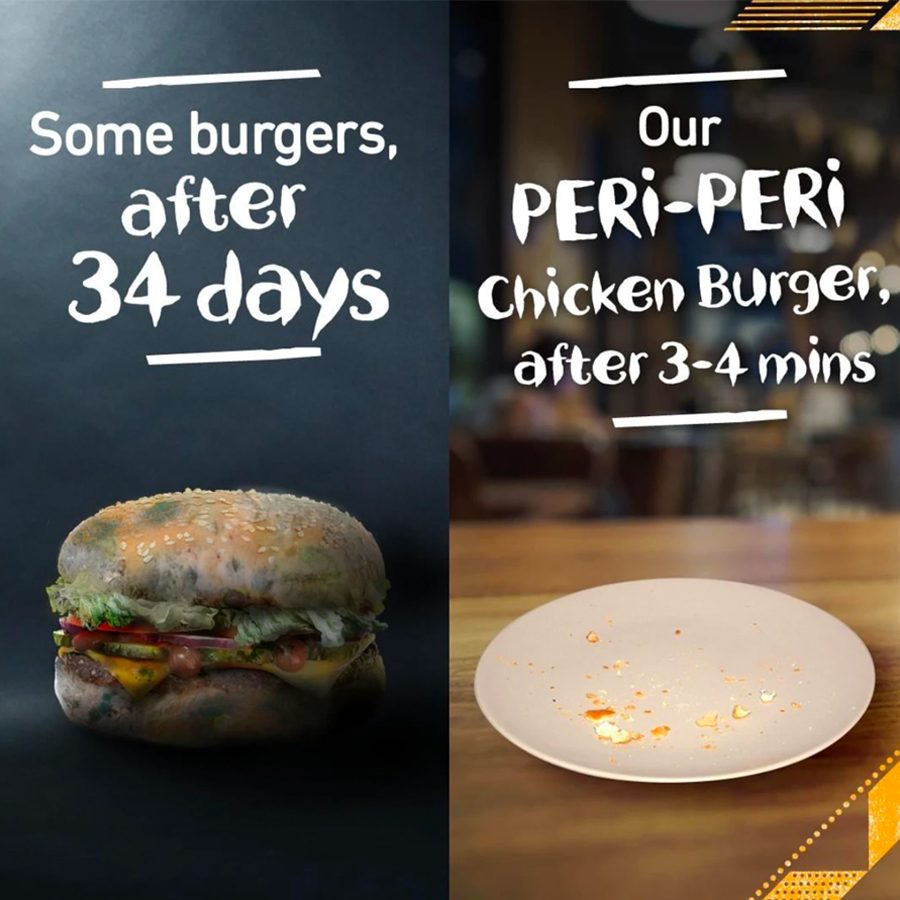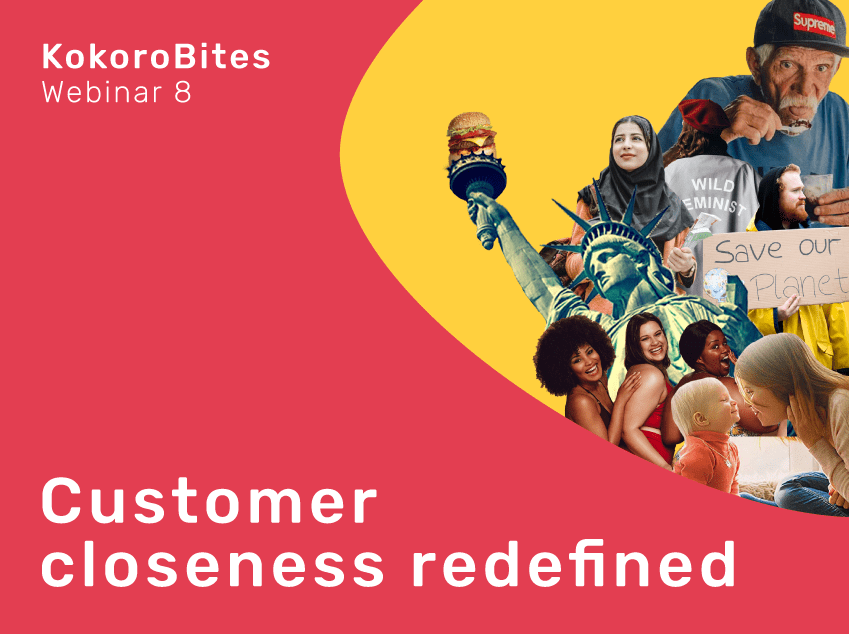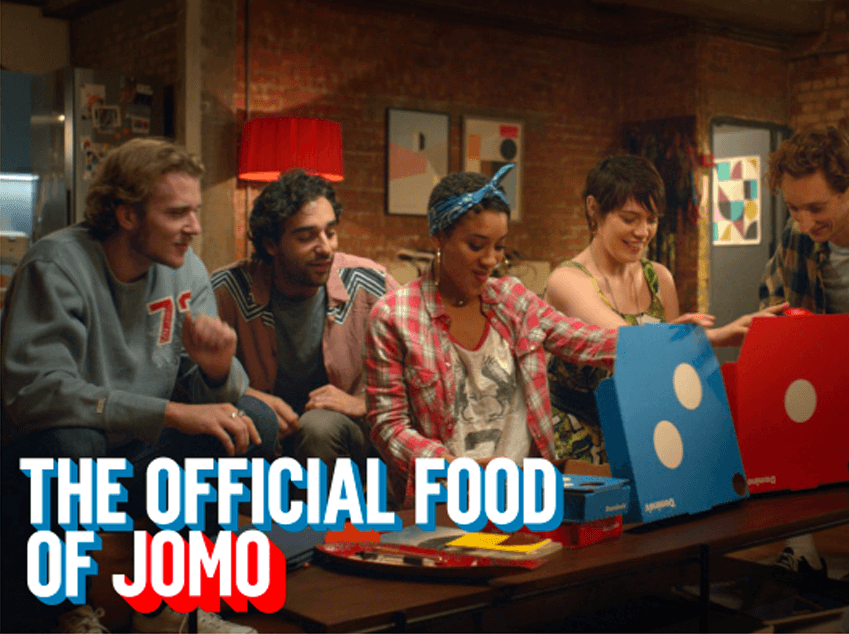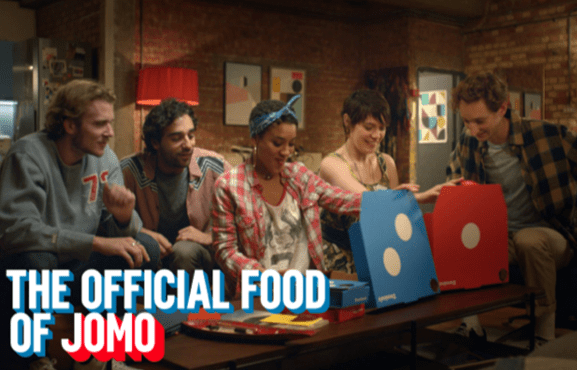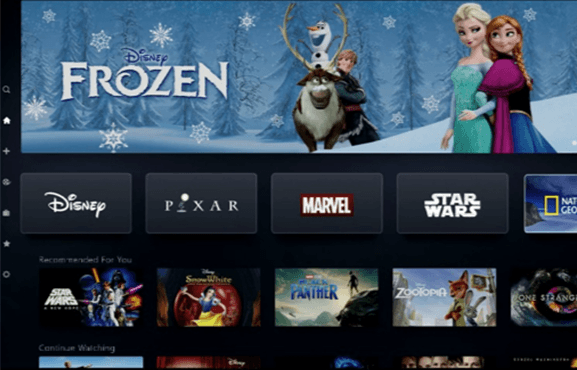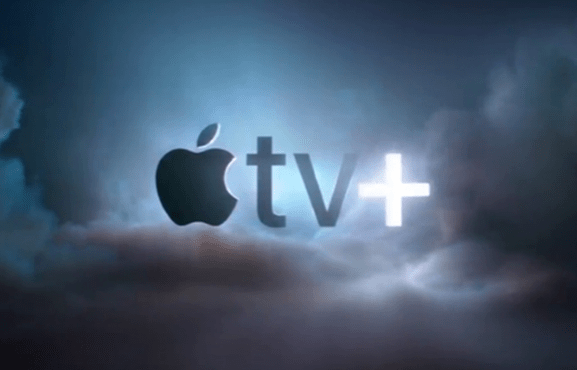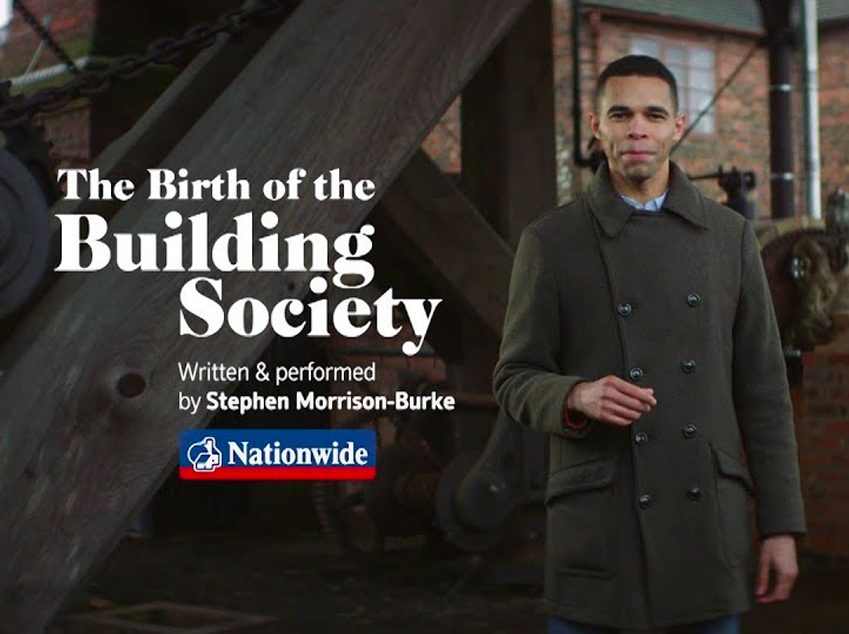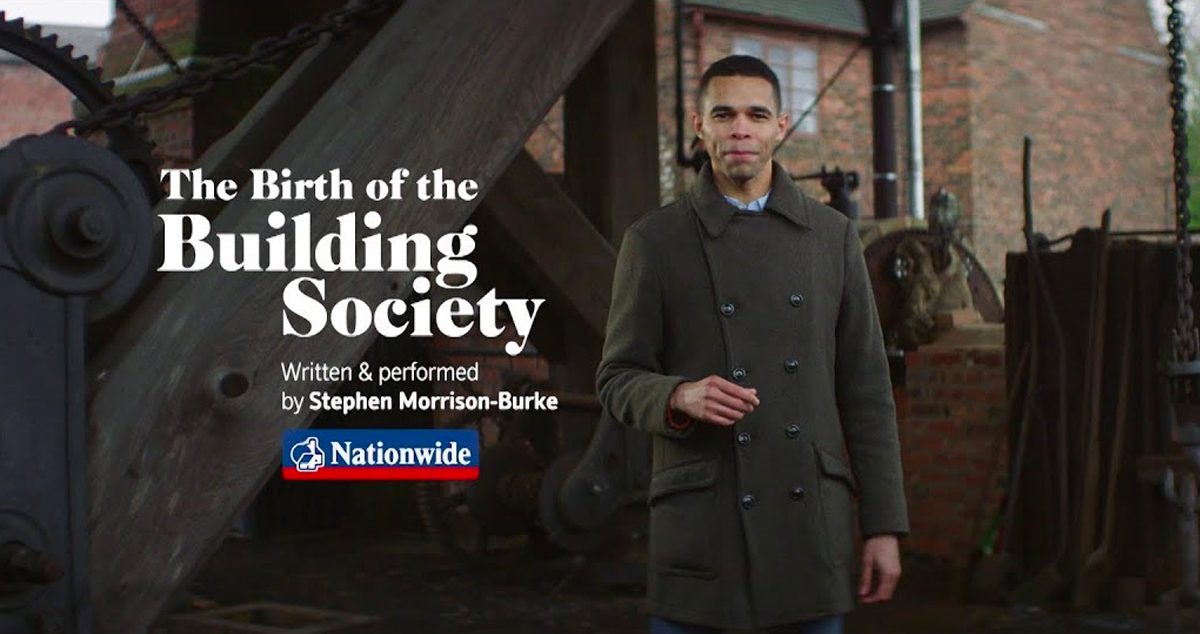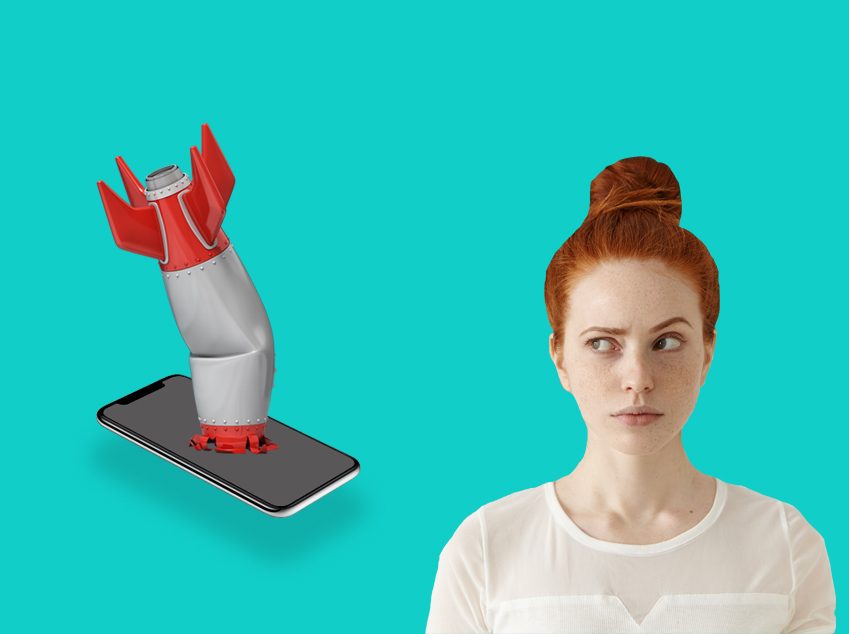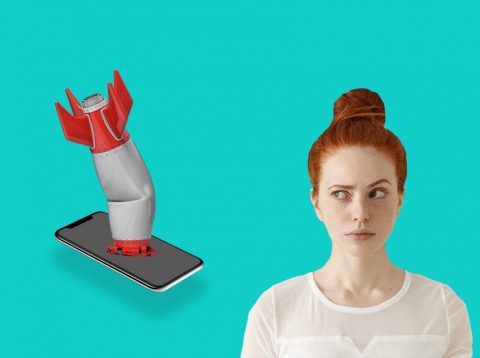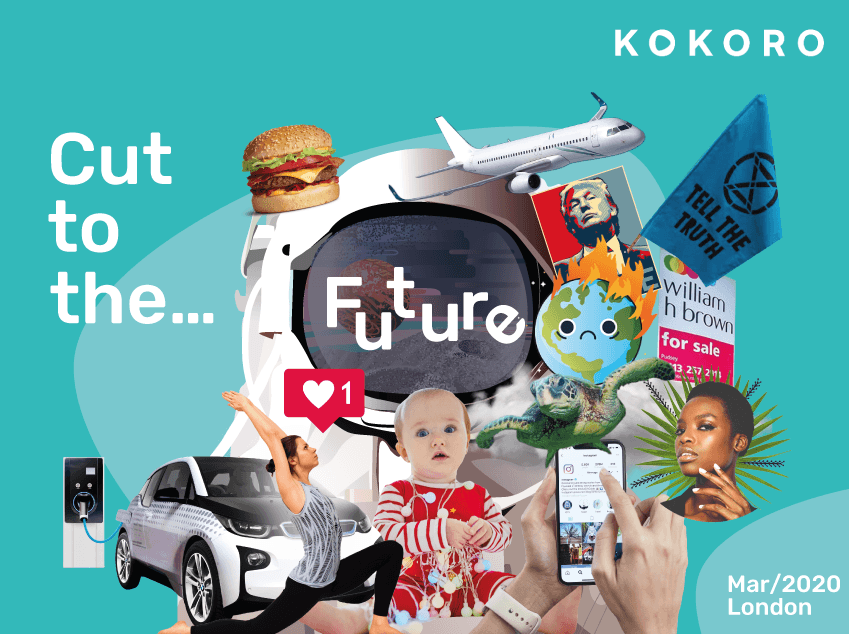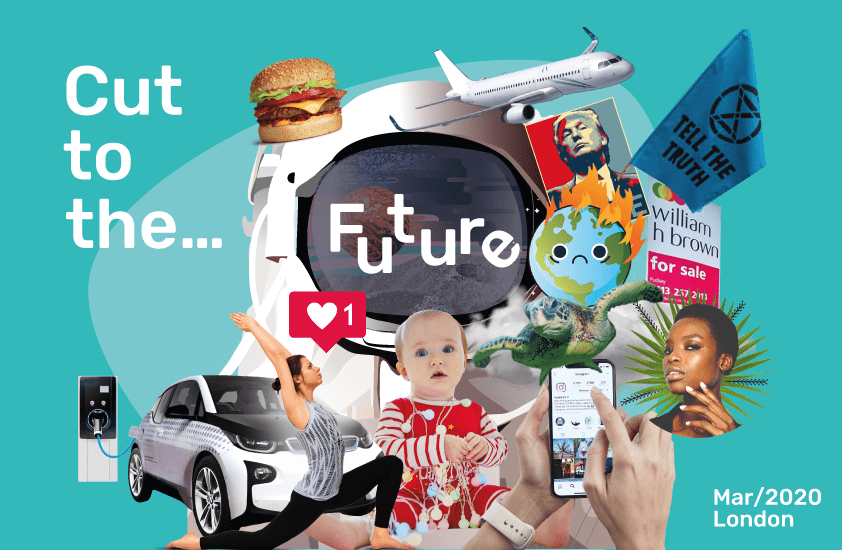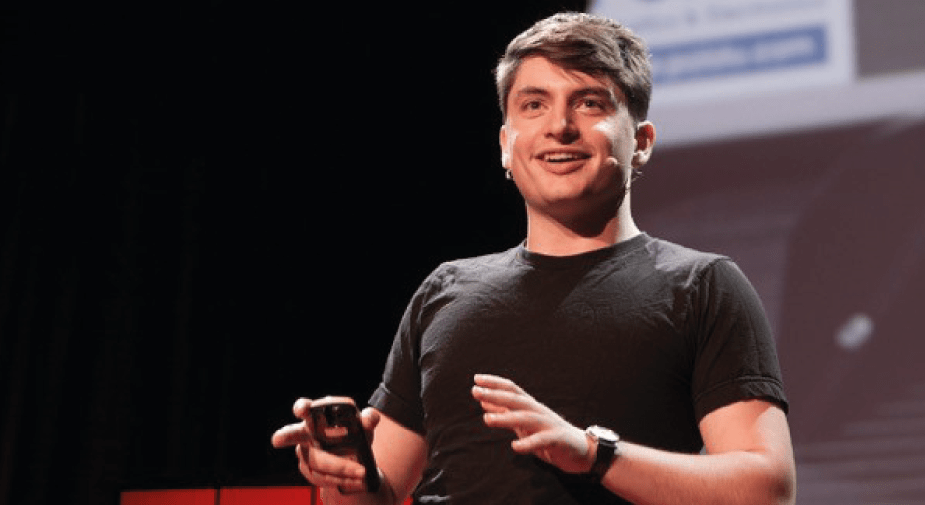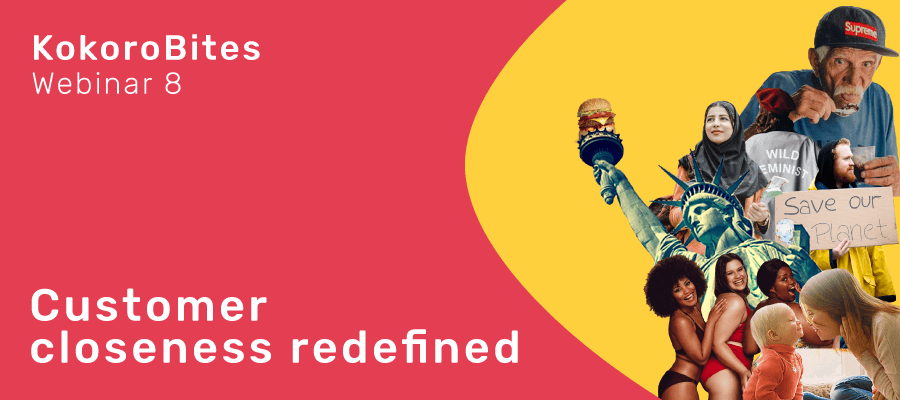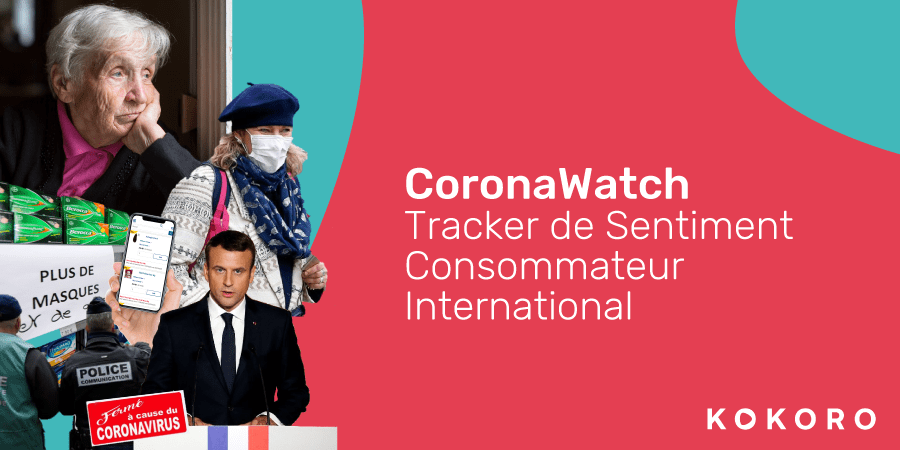
Semaine par semaine, un suivi des réactions consommateurs à cette crise internationale
Nous avons reçu beaucoup de demandes récemment pour un suivi des sentiments et comportements des consommateurs dans cette période troublée par le Covid-19.
Nos clients nous ont partagé leurs craintes par rapport à cette situation changeante au jour le jour, et leur besoin de mises à jour régulières au fur et à mesure que la situation progresse: nous avons donc lancé notre Tracker de Sentiments consommateurs, le CoronaWatch.
Le Tracker couvre le Royaume-Uni, l’Allemagne, la France ainsi que les US, et vous propose des insights plus exhaustifs et impactants que les alternatives gratuites sur le marché.
Pour quelles industries?
Distribution, FMCG, Technologie, Service financiers, Voyages, Loisirs sont le focus principal de notre Tracker.
Qu’est-ce que j’obtiens?
Option 1 – 4 rapports quantitatifs robustes pendant 4 semaines
Marchés couverts: UK, FR, DE and US
Coût: UK = €3.4K, tous les autres marchés coûtent €4.5K par marché. 10% de discount si vous achetez 3 marchés, ou 15% si vous achetez les 4 marchés.
Echantillon: Représentatif au niveau national, 2,000 répondants par semaine pendant 4 semaines. Vous obtiendrez un rapport par semaine.
Contenu:
- Sentiment par rapport au Coronavirus (plus un retour sur la manière dont le gouvernement, les médias et marques gèrent la crise)
- Les sentiments associés avec le virus: les consommateurs ont-ils besoin de se sentir en contrôle, en bonne santé? Est-ce que la priorité est de rassembler les familles? Quid des soucis financiers? Etc.
- Les actions prises par les consommateurs pour éviter la contagion, les sentiments lorsque le consommateur est contaminé, la vie post-maladie
- Les changements dans le comportement d’achat: nombre de sortise, catégories, prix, raison d’achat…
- Les marques vers lesquelles les consommateurs se tournent, et celles qu’ils ignorent, et pourquoi
- Quelles marques réussissent le mieux leurs communications, et pourquoi?
- Dans le futur, quelles marques aideront les consommateurs à s’en sortir?
- Questions de profilage usuelles, avec le statut de contagion
- Nous ajouterons des questions au fur et à mesure que la pandémie se développe pour rester flexible, ainsi qu’aux retours de nos inscrits
- Nous demanderons l’utilisation de votre marque aux répondants pour que vous puissiez filter les données par vos utilisateurs.
- A noter: étant donné le besoin de flexibilité et rapidité de notre tracker, les questions supplémentaires seront limitées, et chargées €230 par question
Livrables:
- Un topline rapide par Word (voir ci-dessous)
- Un Power Point d’environ 20-30 pages
- Des tables de données à télécharger pour que vous puissiez utiliser les données comme vous le souhaiter, avec vos utilisateurs en tableaux croisés
- A noter: livrables disponibles uniquement en anglais pour le moment
Option 2 – la vraie vie derrière les nombres – top-up qualitatif pour les 4 prochaines semaines
Marchés couverts: Royaume-Uni
Coût: seulement €2.3K pour les 4 prochaines semaines
Contenu:
- Pour les 4 prochaines semaines, nous garderons un contact vidéo avec 12 personnes venues de foyers différents
- Nous garderons un suivi de leur vie au fur et à mesure que la pandémie évolue, pour comprendre leurs sentiments, les marques vers lesquelles ils se tournent, et leurs stratégies pour s’en sortir
- Nos participants couvrent un large spectre d’âges et de démographies
Livrables:
- Chaque semaine vous recevrez une vidéo impactante de témoignages d’environ 5 minutes
- Vous recevrez également un rapport Power Point d’environ 10 pages
- Le livrable n’est disponible qu’en anglais pour le moment
Ceci n’est pas une étude comme les autres!
- Le projet sera géré par Alison Bainbridge (Fondatrice de Kokoro) – elle utilisera ses 25+ années d’expérience pour guider les marques pendant cette période sans précédent
- Pour un avant-goût de ce qui vous attend, voici un lien vers notre rapport Christmas Unwrapped annuel: https://kokoro-global.com/christmas-unwrapped-exclusive-access-2019-reports/
Timings:
- Insights UK disponibles à partir du Lundi 23 Mars. Tous les autres marchés commencent une semaine plus tard, avec le premier rapport d’insights disponible le Lundi 30 Mars
- Terrain du Jeudi au Samedi chaque semaine
- UK timings:
- Quant top-line sur Word à partir de 11:30 chaque Lundi
- Quant PowerPoint à partir de 11:00 chaque Mardi
- Tables de données simples à partir de 4:00pm chaque Mardi
- Pack Quali: disponible à partir de 11:00 chaque Mercredi
- Vidéo qualitative: disponible à 13:00 chaque Mercredi
- Timings DE/FR/US :
- Top-lines sur Word à partir de 16:00 chaque Lundi
- Power Point complet à partir de 11:00 chaque Mercredi
- Tables de données simples à partir de 16:00 chaque Mardi
Intéressé-e?
Envoyez un email à Lucie Level à lucie.level@Kokoro-Global.com ou contactez-là sur son téléphone: +44 7539 832 469
